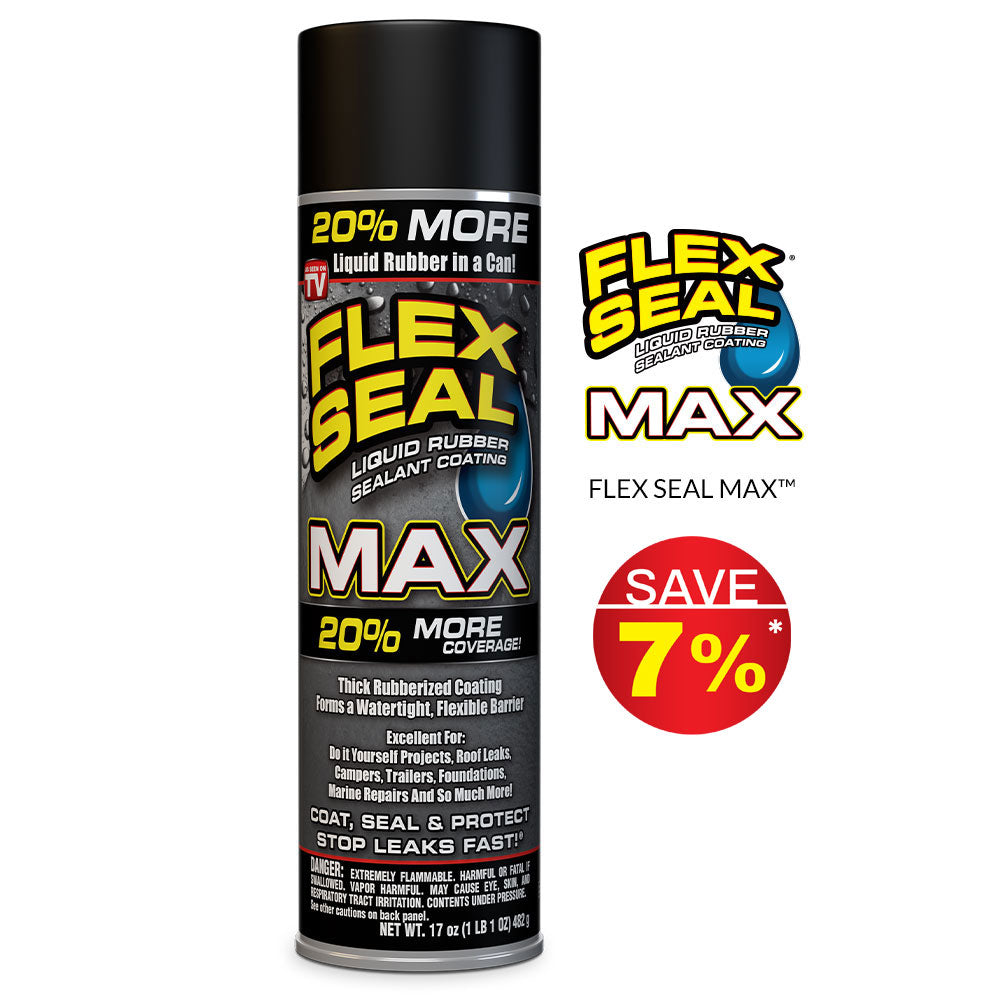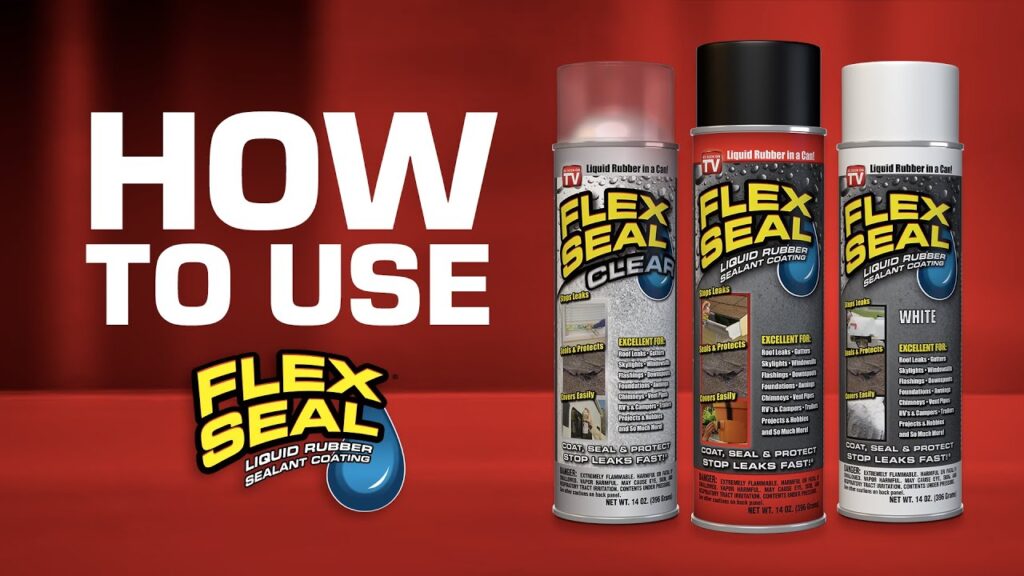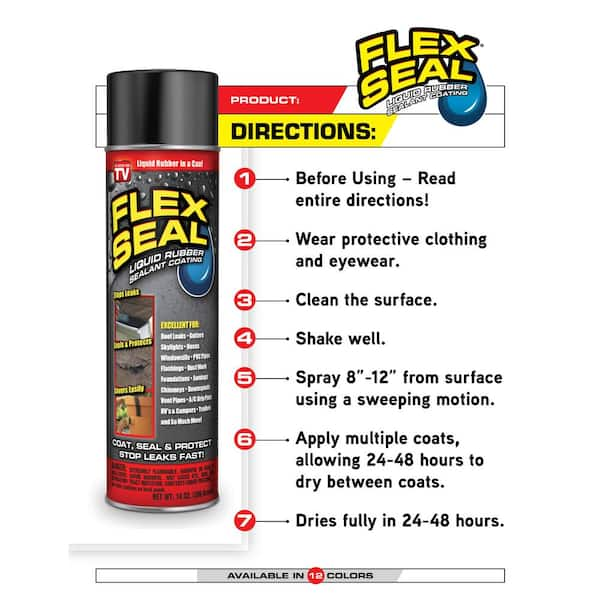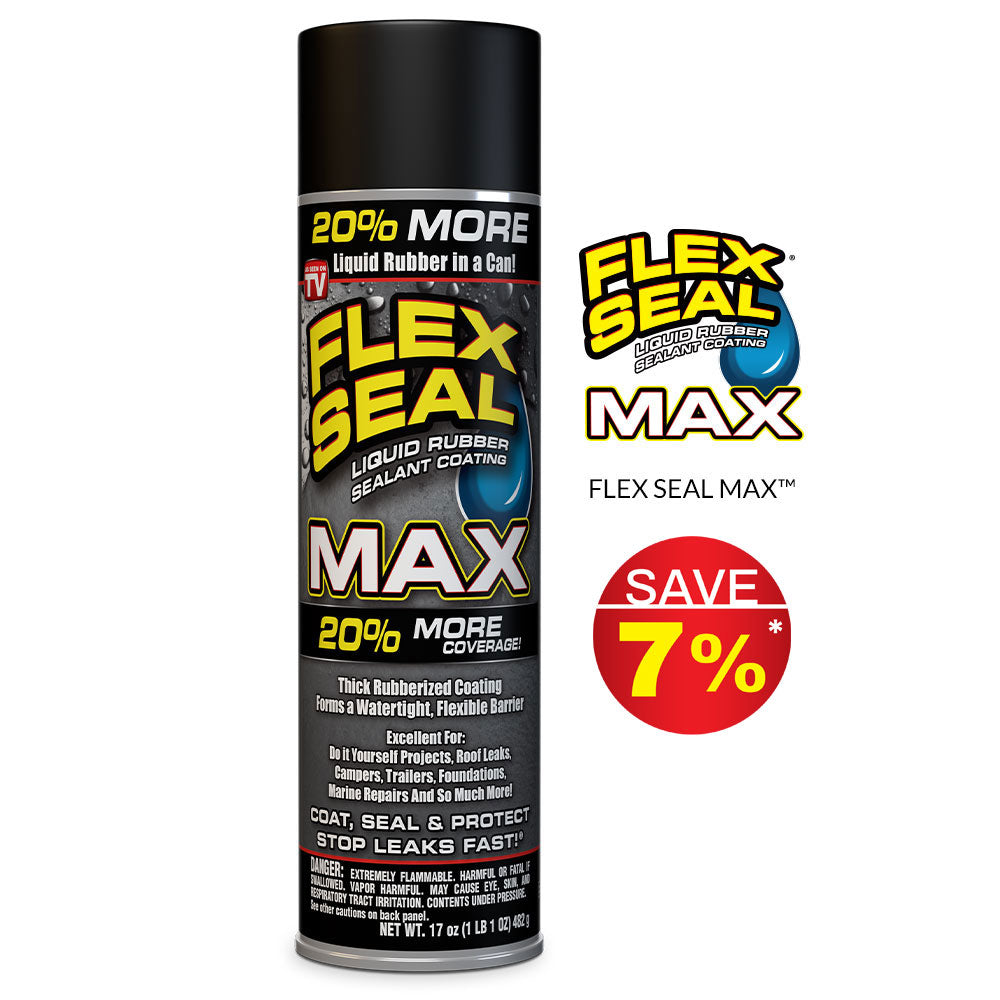Flex Seal, renowned for its sealing prowess and versatility, has become a popular choice among consumers looking to seal leaks and cracks effectively. However, you may find yourself asking whether Flex Seal truly lives up to its claims as a hard drying sealant. In this article, we will unravel the truth behind Flex Seal’s drying properties and provide insights to help you make an informed decision when it comes to sealing projects.
Is Flex Seal a hard drying sealant?
Overview of Flex Seal
Flex Seal is a popular sealant that is known for its versatility and ease of use. It is designed to create a watertight seal on a variety of surfaces, including metal, wood, plastic, and more. People often use it for a wide range of applications, from fixing leaks in roofs and gutters to sealing cracks in pipes or even repairing boats. One common question that arises when considering Flex Seal is whether it dries hard or not. In this article, we will explore the composition, drying process, and hardness of Flex Seal to provide a comprehensive answer to this question.
Composition of Flex Seal
Flex Seal is a liquid rubber sealant that is formulated to transform into a flexible and durable rubber coating when it dries. It is made up of a proprietary blend of ingredients, including synthetic rubber polymers, fillers, stabilizers, and pigments. These components work together to create a seal that is resistant to water, UV rays, and other environmental factors. The composition of Flex Seal allows it to adhere to various surfaces, ensuring a strong and long-lasting bond.

This image is property of flexsealproducts.com.
Drying Process of Flex Seal
When applied, Flex Seal starts as a liquid and gradually transforms into a solid rubber-like material as it dries. The drying process can take anywhere from 24 to 48 hours, depending on several factors such as temperature, humidity, and the thickness of the application. During the drying process, the liquid rubber polymers in Flex Seal react with the air to form a tough and flexible seal. It is important to note that while Flex Seal may feel tacky during the drying period, it will eventually cure into a hardened state.
Flex Seal’s Hardness
Flex Seal dries to form a rubberized coating that is flexible yet durable. It is important to emphasize that Flex Seal is not a rock-hard sealant like epoxy or concrete. Instead, it retains a certain level of elasticity to accommodate for any movement or expansion that may occur in the sealed surface. This makes it suitable for applications where flexibility is needed, such as sealing leaks in pipes or repairing cracks in foundations. The hardness of Flex Seal can be likened to that of a rubber tire, providing a balance between strength and flexibility.

This image is property of flexsealproducts.com.
Factors Affecting Drying Time
The drying time of Flex Seal can vary depending on several factors. Temperature and humidity play a significant role in the drying process. Higher temperatures and lower humidity levels generally lead to faster drying times, while colder temperatures and higher humidity can prolong the curing period. Additionally, the thickness of the application can also impact drying time. Thicker layers of Flex Seal will take longer to dry compared to thin and even applications. It is crucial to follow the manufacturer’s instructions and take these factors into account to ensure optimal drying and performance.
Application Areas of Flex Seal
Flex Seal can be used in a wide range of applications due to its versatility and effectiveness. Some common areas where Flex Seal is applied include:
-
Roofing: Flex Seal can be used to repair leaks in roofs, flashings, gutters, and downspouts. It forms a protective barrier that prevents water penetration and withstands various weather conditions.
-
Plumbing: Flex Seal is suitable for sealing leaks in pipes, fittings, and joints. Its flexibility allows it to adapt to the movement and vibrations typically associated with plumbing systems.
-
Household Repairs: From sealing cracks in foundations and walls to fixing broken garden tools or appliances, Flex Seal can be utilized for various household repairs.
-
Automotive: Flex Seal can provide a temporary fix for minor leaks in automotive components such as radiators or hoses. However, it is important to consult a professional for long-term repairs.
-
Marine: Flex Seal is commonly used to repair boat hulls, pontoons, and other marine surfaces. Its water-resistant properties make it ideal for sealing leaks and preventing water intrusion.

This image is property of i.ytimg.com.
Comparing Flex Seal to Other Sealants
Flex Seal differentiates itself from traditional sealants, such as epoxies or concrete, due to its unique composition and flexibility. While epoxies and concrete can provide a hard and rigid seal, they may not be suitable for applications that require some degree of flexibility. Flex Seal, on the other hand, is specifically designed to accommodate movement and expansion, making it a preferred choice for sealing surfaces where flexibility is paramount.
Tips for Using Flex Seal
When using Flex Seal, there are a few tips to ensure the best results:
-
Clean and dry the surface thoroughly before applying Flex Seal. Removing dirt, grime, and any loose debris will help in achieving proper adhesion.
-
Shake the can vigorously before each use to ensure that the contents are well-mixed.
-
Apply Flex Seal in thin, even coats to promote faster drying and better adhesion. Thick layers can take longer to dry and may not adhere as well.
-
For larger areas or deeper cracks, multiple coats may be needed. Allow sufficient drying time between each coat as recommended by the manufacturer.
-
Consider using masking tape or drop cloths to protect surrounding areas from overspray or potential drips during application.

This image is property of images.thdstatic.com.
Common Issues with Flex Seal
While Flex Seal is generally effective and user-friendly, there are a few common issues that users may encounter. One major concern is improper application, which can lead to inadequate sealing or reduced durability. It is essential to follow the manufacturer’s instructions carefully and ensure that the surface is properly prepared before applying Flex Seal. Additionally, applying Flex Seal in extreme temperatures or high humidity can negatively impact drying time and overall performance.
Another common issue is the limited coverage achieved with a single can of Flex Seal. Depending on the size of the area being sealed, multiple cans may be necessary to achieve optimal coverage. It is advisable to estimate the required amount beforehand and have sufficient product on hand to avoid interruptions during the application process.
Conclusion
In conclusion, Flex Seal is a versatile liquid rubber sealant that dries to form a flexible yet durable seal. While it does not dry hard like epoxy or concrete, it retains a level of elasticity that allows it to accommodate movement and expansion. Flex Seal is widely used in various applications, ranging from household repairs to marine sealings. By considering factors such as temperature, humidity, and proper application techniques, users can achieve optimal results with Flex Seal.

This image is property of Amazon.com.
